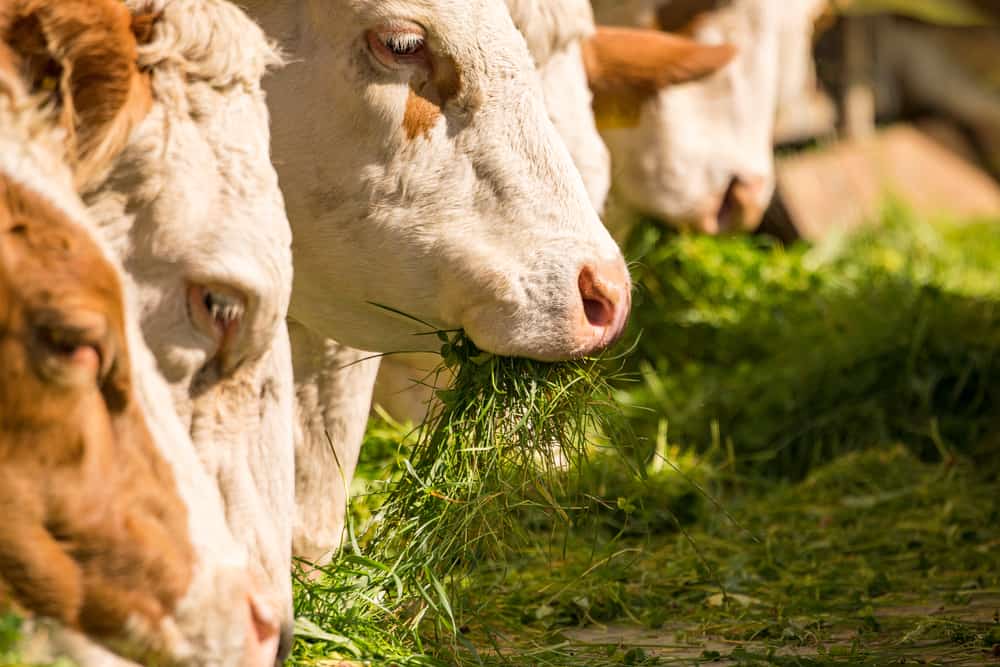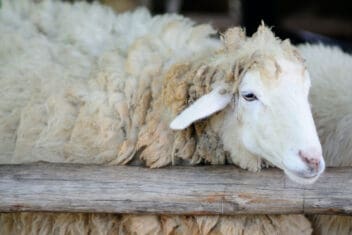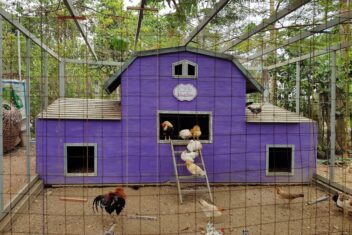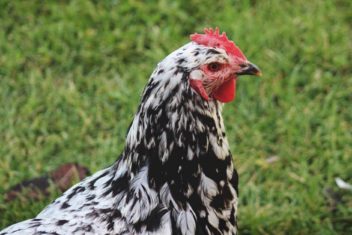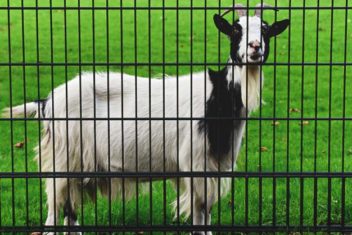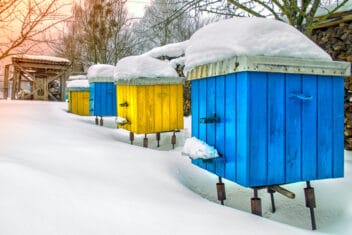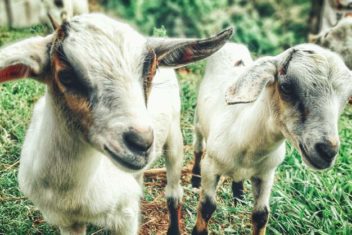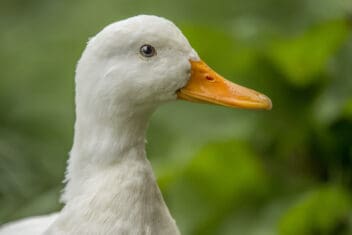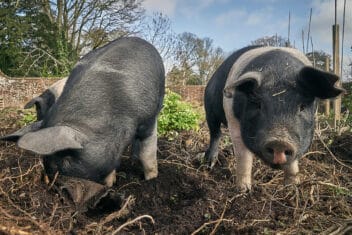Anyone who’s stepped into livestock care knows the question “what to feed my animals” is a huge one. It can be overwhelming, and information is hard to find and harder to wade through. Words like “fodder” are thrown around as if we all know what that means.
Some people use “fodder” to refer only to sprouted grains, others use the word to refer to all grains, or all fermented, silage-type feeds. So what is fodder, and how do you figure out which kinds of fodder belong in your feeding program?
Let’s sort it all out:
What is Fodder?
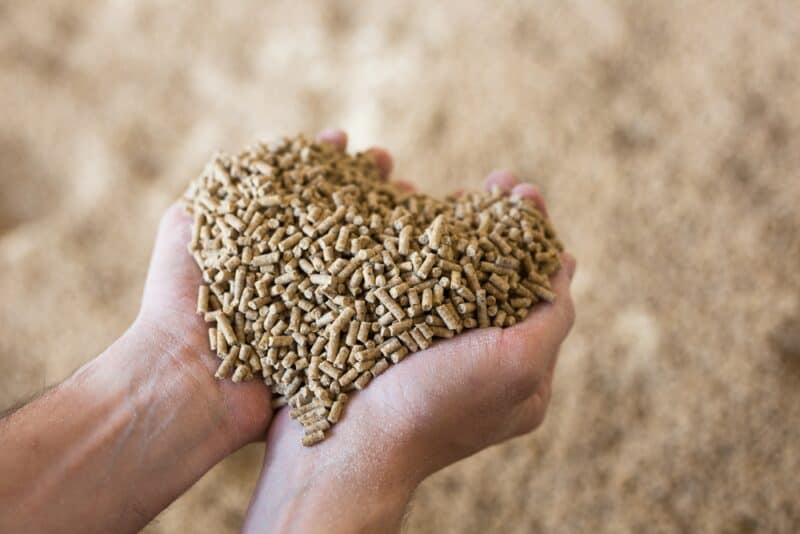
The word fodder just means any food grown to feed domesticated livestock like horses, cattle, sheep, goats, poultry, pigs, or rabbits. Fodder is the food you feed your animals, while forage is what your animals eat while grazing – what they feed themselves.
Fodder includes a wide variety of grains, legumes, grasses, pellets, oils, and supplements. Most fodder is entirely plant-based, but it doesn’t have to be. Animals like chickens and pigs can benefit from animal proteins as well.
For, example, when I feed my pigs extra goat’s milk or yogurt, that’s fodder. When I add mealworms to my chicken feed, that’s fodder too. Fodder can include such a wide variety of foods that it’s generally divided into two subtypes in order to maintain some clarity.
The Two Types of Fodder
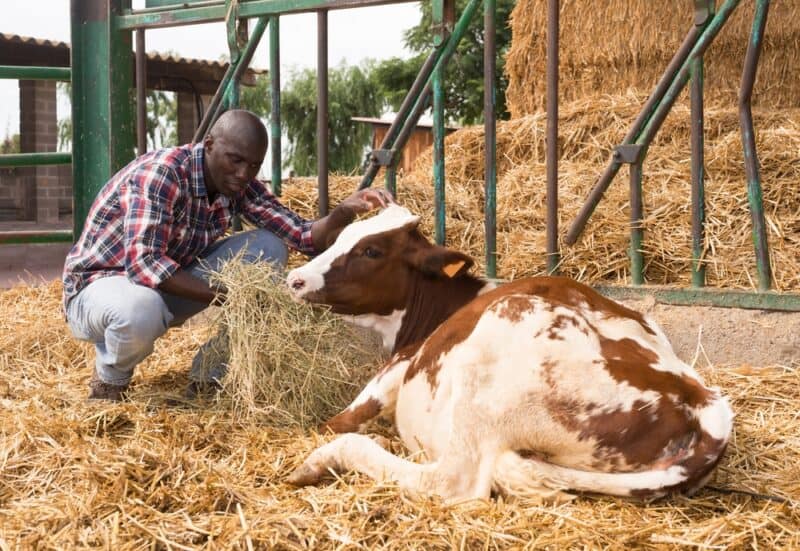
Once you understand just how much is contained under the “fodder” label, you can see why it’s easier to subdivide into categories. Animals have a variety of unique needs, and different fodders support different aspects of animal nutrition.
In summer, when your animals are foraging more on their own, their needs for a variety of fodders go down. In the winter, when pasture is less accessible, their fodder needs go up. Some types of fodder are necessary only in one season, while other’s might be necessary all year round.
So, what are the two types of fodder, and what do you need to know about each type? Fodder includes roughage and concentrates. Let’s take a close look at each type now, so you can decide which ones belong in your feeding regime.
Roughage
Hay, silage (fermented grass), and filling legumes, as well as cereal grains like oats and corn, make up the roughage category.
Roughage fodder can be broken down into two smaller categories: grasses and legumes. Depending on the type of roughage, this fodder type can be high in protein and other nutrients, or it can be full of fiber and trace minerals.
1. Grasses
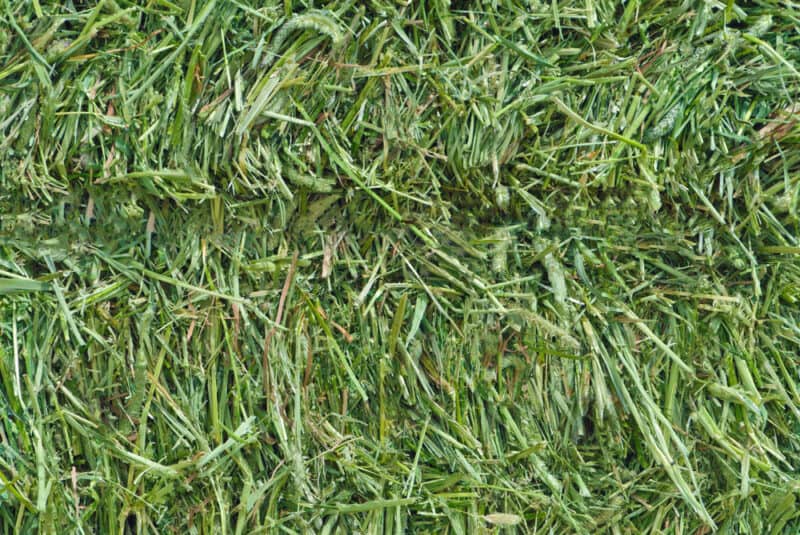
Grassy roughage fodders provide the backbone of your feeding plan. Unless your animals have year-round access to quality pasture, you’ll need to feed at least one or two quality roughages to your animals daily. Let’s look at a few of the primary grass roughage: hay and silage.
Hay is often the first roughage that springs to mind. With good reason. Gazing animals need hay when grazing isn’t possible. Hay is the definitive roughage. It fills the animal up and provides plenty of pasutre-grown nutrients to keep your animal healthy.
Animals like geese, rabbits, and pigs can eat hay as well.
Not everyone uses silage. It’s a popular roughage for cattle and sheep, but many homesteaders avoid silage and stick to grains and hay.
Silage is a green roughage crop that has been fermented instead of dried. Silage has been fermented to the point of acidification, then stored and fed to animals when they don’t have access to pasture. The fermentation can improve the ruminant’s digestion, and allows silage to last well into the winter.
2. Legumes
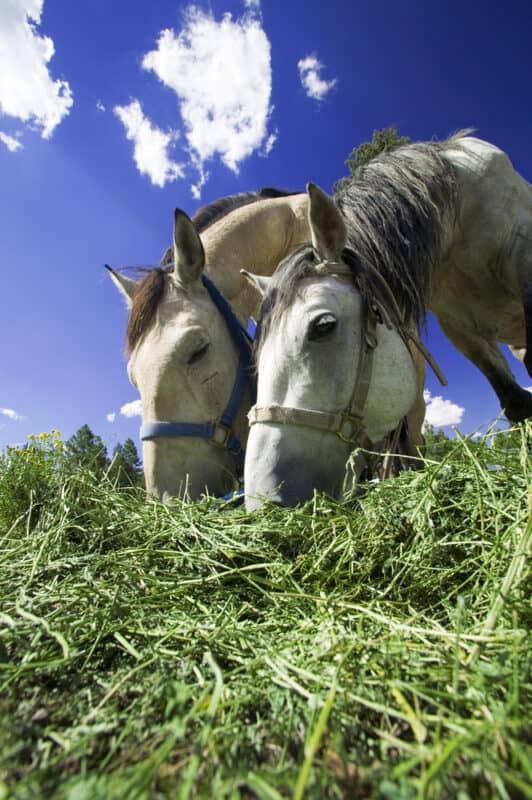
Legume roughages are higher in protein and other major nutrients. These roughages are especially helpful during the frigid winter months. These roughages can help your animals maintain their body temperatures in extreme conditions and maintain a balanced, nutrient-dense diet.
Legume roughages include alfalfa, clover, and buckwheat. These crops often resemble grass roughages, but they’re much more nutrient dense. Feed alfalfa and other legumes in smaller amounts to boost nutrition and maintain a healthy herd.
Concentrates
Cereal grains like corn, oats, and barley are nutrient-dense concentrates that can balance your animal’s nutrients and boost energy. These fodders are often mixed with other concentrates to produce pelleted feeds that manage to be filling and very nutritious.
Concentrates also include supplements like molasses, minerals, animal fats, oils, and other additions. Salt licks, seed blocks, and other supportive feeds also fall in the concentrate category.
Many homesteaders chose to use pelleted concentrates, which are premixed to provide a generally balanced diet. Occasionally though, an animal needs an additional supplement.
1. Sprouted Grains
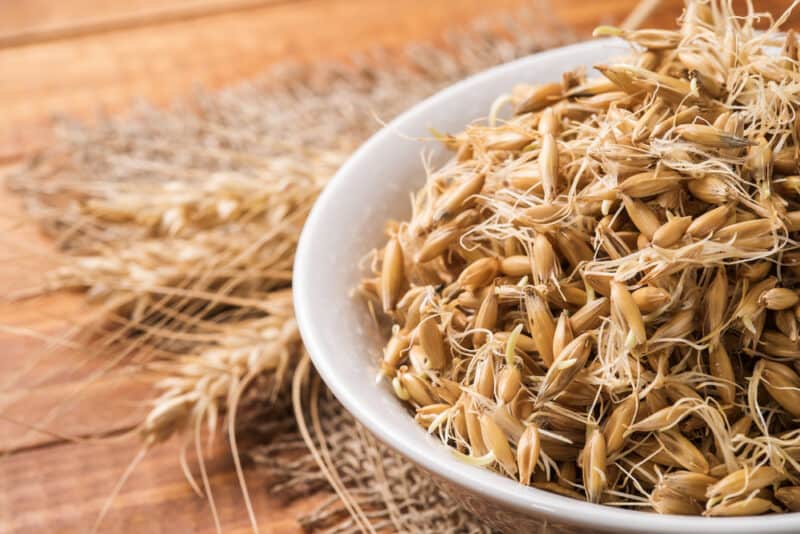
Cereal grains are often sprouted to increase the nutritional value of the grain, make them more filling, and increase digestablity. Sprouted fodder is a fantastic option for homesteaders who have the time to spend sprouting grains each week.
Sprouted fodder is less dry as well, which can be helpful in keeping animals hydrated. Chickens especially seem to love sprouted grains. In the winter, when access to fresh forage is difficult for chickens, sprouted fodder can help keep them laying well and keep them producing bright, orange yolks.
When sprouting fodder, it’s important to use the sprouted grain within a reasonable timeframe.
Don’t allow the sprouts to mold, or all the benefits will be lost and you could make your animals sick. If you’re too busy to keep track of your sprouted grains (and we all are sometimes!), go back to feeding an un-sprouted concentrate until your schedule clears.
2. Extra-Concentrates
Sometimes, our animals need a bit of a boost. Here in New England, winter is the time for extra-concentrated fodder. Concentrates like molasses, apple cider vinegar, wheat germ, brewers yeast, sunflower seeds, mealworms, and milk can really boost your animal’s health.
But these concentrates can be easy to overuse. While many animals can handle quite a bit of molasses and apple cider vinegar, too much of a good thing can be overwhelming too.
If your adding in extra concentrates to boost nutrition or combat a specific lack, move slowly. Watch your animal’s behavior and manure to determine if the animal needs more or less of a particular concentrate. Often, too much concentrate will cause diarrhea or digestive discomfort.
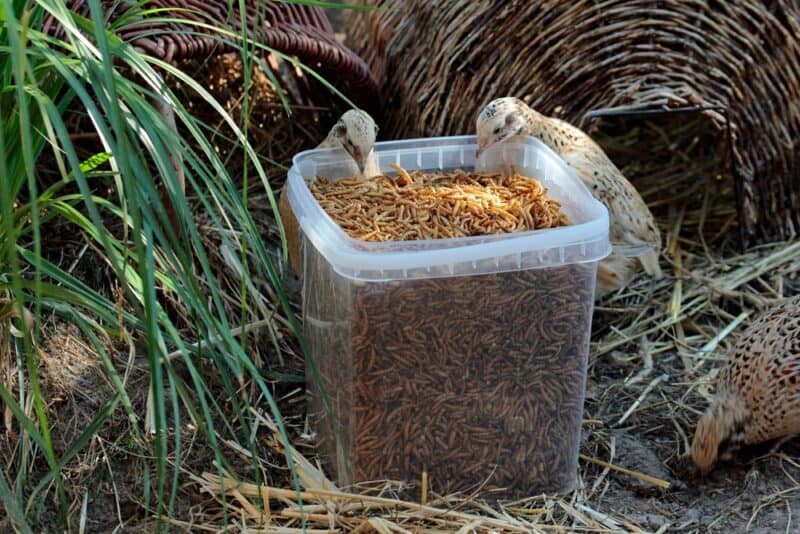
Don’t allow your animal free access to concentrates like grains, seeds, and mealworms. Ruminates especially will over-consume grains and end up with bloat or scours. While hay can be given freely, use care when feeding concentrates and don’t leave them out in easily accessible areas.
On the other hand, concentrates like salt and minerals work best when they’re offered for free access. Unless your animals aren’t used to mineral licks, they won’t over-indulge. Just make sure that whenever you have a salt or mineral lick available, you keep a close eye on the water supply.
3. Universal Concentrates
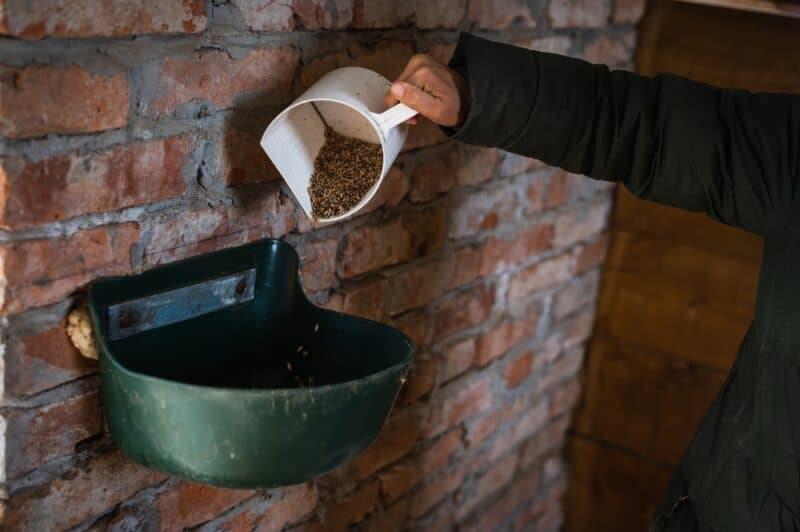
Cereal grains like oats, barley, and corn are beneficial to all common livestock. Molasses and apple cider vinegar are also concentrates that are healthy for all common livestock.
If you have animals sharing a pen, or if you’re hoping to buy bulk and feed all your animals, avoid pelleted feeds and stick to the basics. These concentrates are fodders that have been a part of healthy animal care for centuries.
Oils are also commonly added to concentrates to boost fats and help a sluggish animal gain weight. In moderate doses, oils are also healthy for most livestock. Seed oils like cottonseed, sunflower, and soybean oil are the most common.
Fodders to Avoid
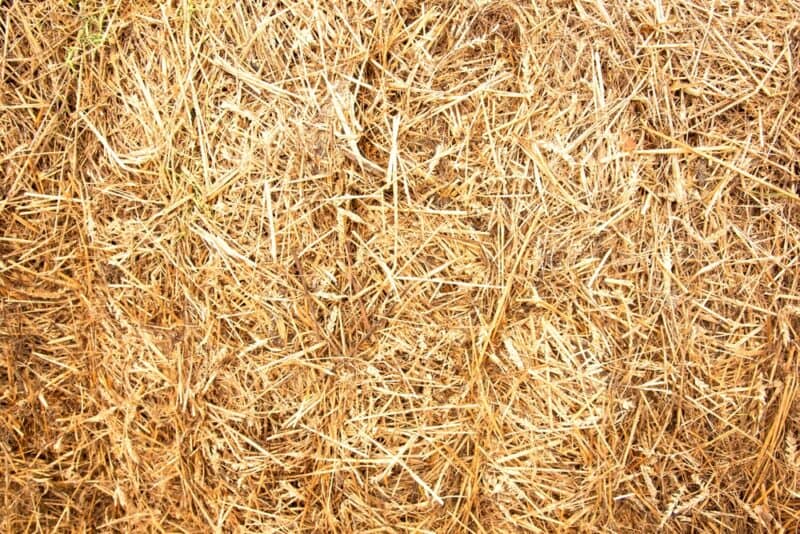
Look for the freshest roughage fodder you can find. When choosing hay, pick bales that are heavy, green, and leafy. Avoid any roughage with mold, mildew, or insect damage. The better your roughage is, the less concentrate your animals will need.
In the past, ground animal meal was often added to commercial concentrates. Ground bone or meat meal was added fodder even for herbivores like sheep and cattle. This meal was used to boost the protein content of animal fodder.
But, this practice has been banned now due to Mad Cow Disease (BSE). Ground animal product in feed has the potential to contain prion contamination and damage your animals.
These days, if you’re buying in feed, you’re animals are probably safe from animal meal-contaminated feeds. But, sometimes, helpful neighbors encourage us to “try this old trick” for putting weight on reluctant feeders. Be aware that if that ‘trick’ involves animal meal or meat in your fodder, it’s not a safe option.
Milk, mealworms, insects, eggs, and other animal products are great options for omnivorous animals like pigs and chickens. My ducks love getting all the slugs in the garden. But don’t feed your animals anything that may be made from other animals of the same species.
Avoid giving pigs meat in general – stick to dairy and eggs as animal product supplements. And don’t allow your animals to cannibalize one of their own – remove any dead or dying animals as soon as possible.
Keep your animals safe with healthy, nourishing fodder, and avoid taking the easy way out of a tough situation.
